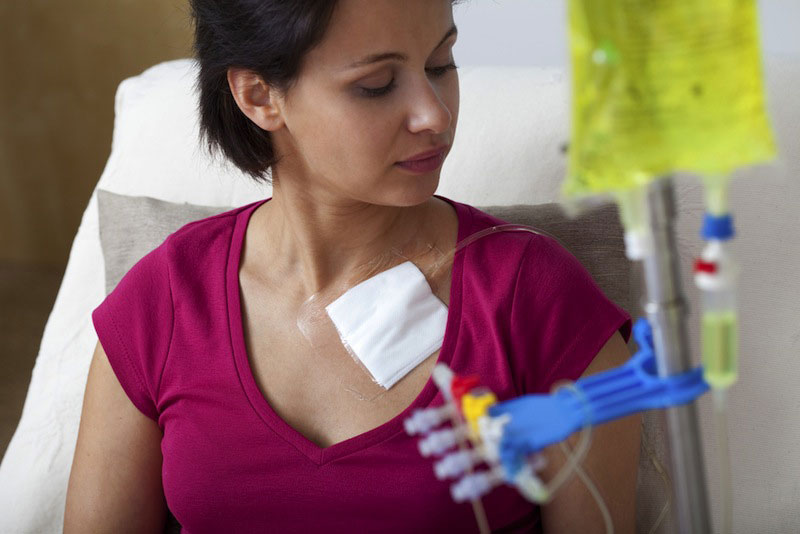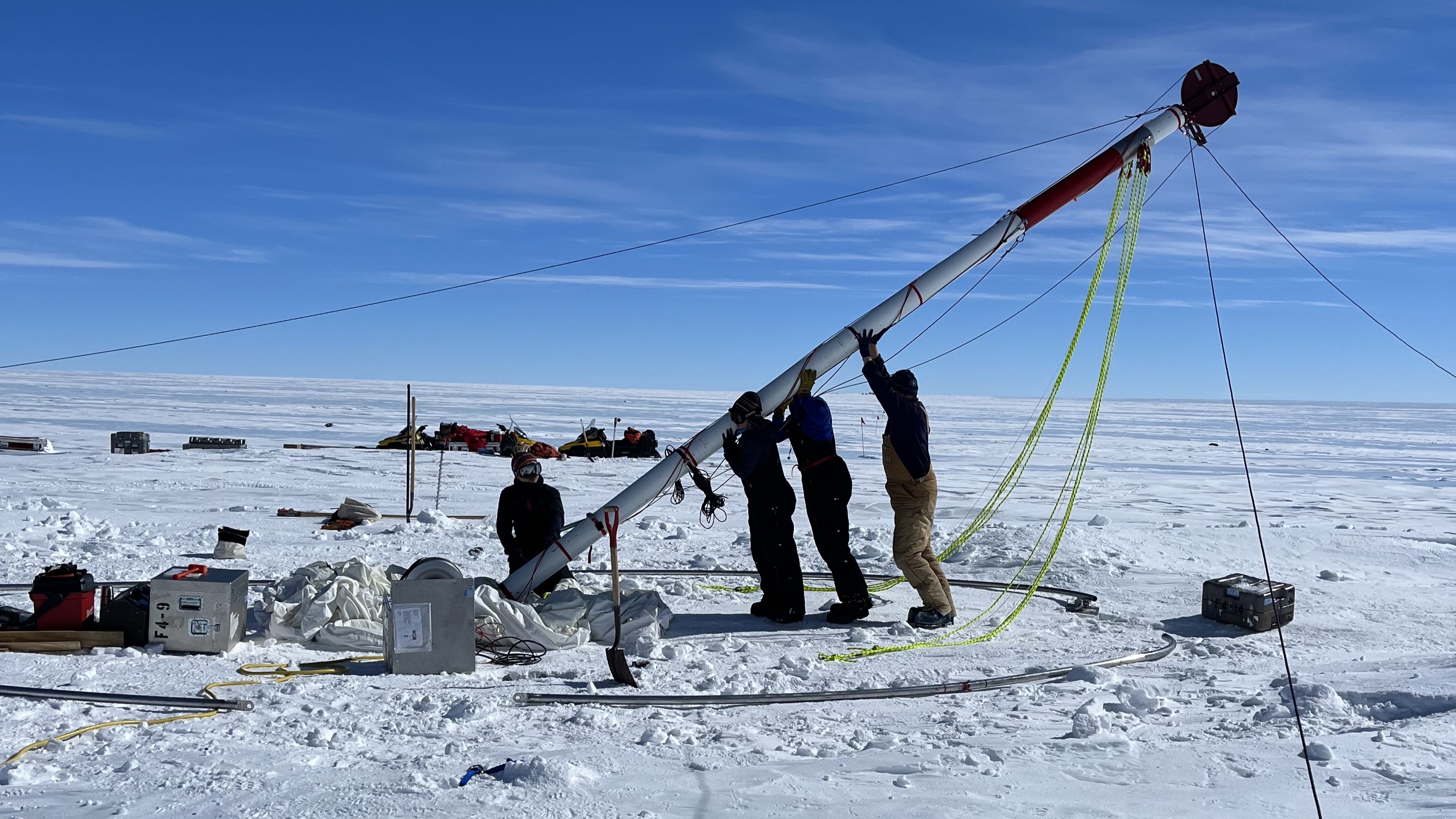Does Chemotherapy Always Cause Hair Loss?

"The Healthy Geezer" answers questions about health and aging in his weekly column.
Question: I may have to have chemotherapy. Will I go bald?
Answer: Hair loss is not certain with chemotherapy. Whether you lose hair depends upon the medication and dose your doctor prescribes.
Chemotherapy is a systemic treatment that uses drugs to kill malignant cells, bacteria, viruses and fungi. Chemotherapy drugs are used to treat cancer, bone marrow diseases, rheumatoid arthritis and lupus. The drugs can be given by injection or taken orally. There are also topical creams.
Chemotherapy drugs attack rapidly growing cancer cells. They also attack other rapidly growing cells in your body such as those in your hair roots. Each patient reacts differently to these drugs. Some newer chemotherapy drugs may cause fewer side effects.
Hair loss from chemotherapy is not confined to your head. It can affect hair all over your body. In most cases, hair loss from chemotherapy is temporary. Patients usually regrow hair 3 to 10 months after treatment.
Chemotherapy is usually given in cycles. These cycles may last one day, several days, a week or more. There will usually be a rest period between each cycle. A rest period may last for days, weeks, or months. Different chemotherapy drugs may be given simultaneously or in sequence.
Get the world’s most fascinating discoveries delivered straight to your inbox.
Hair loss is just one possible side effects of chemotherapy. Others include:
- Nausea
- Vomiting
- Diarrhea
- Constipation
- Pain
- Fatigue
- Fever
- Bleeding
- Bruising
- Poor appetite
- Weight loss
- Mouth sores
- Reduced immunity
Many of these side effects can be prevented or treated. Most side effects subside after treatment ends. However, there can be persistent side effects such as lung damage, heart problems, infertility, kidney problems, nerve damage and risk of a second cancer.
Chemotherapy is employed in a variety of ways. It can be used to cure the cancer or just to slow its growth. It can be used alone or in conjunction with radiation or other therapies. Chemotherapy treatments can be given in a hospital, outpatient facility, a doctor's office or at home.
In adjuvant therapy, chemotherapy is used to attack hidden cancer cells after other treatments such as surgery. In neoadjuvant therapy, chemotherapy is used to shrink a tumor so that radiation or surgery are possible. Palliative chemotherapy is employed to ease symptoms of advanced cancer.
[In our next column, I will provide information about how to combat the many side effects of chemotherapy.]
If you would like to ask a question, write to fred@healthygeezer.com.
All Rights Reserved © 2014 by Fred Cicetti
